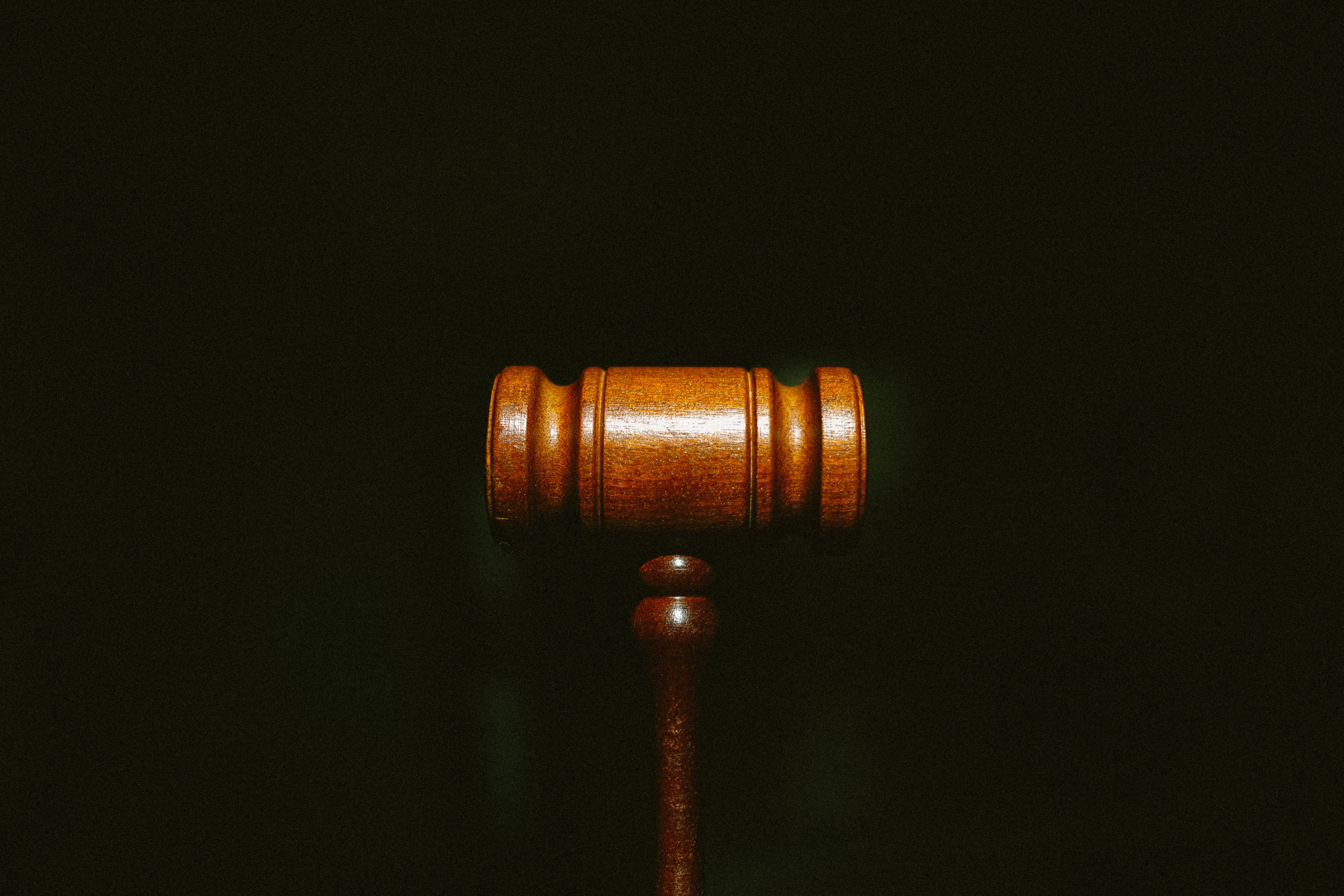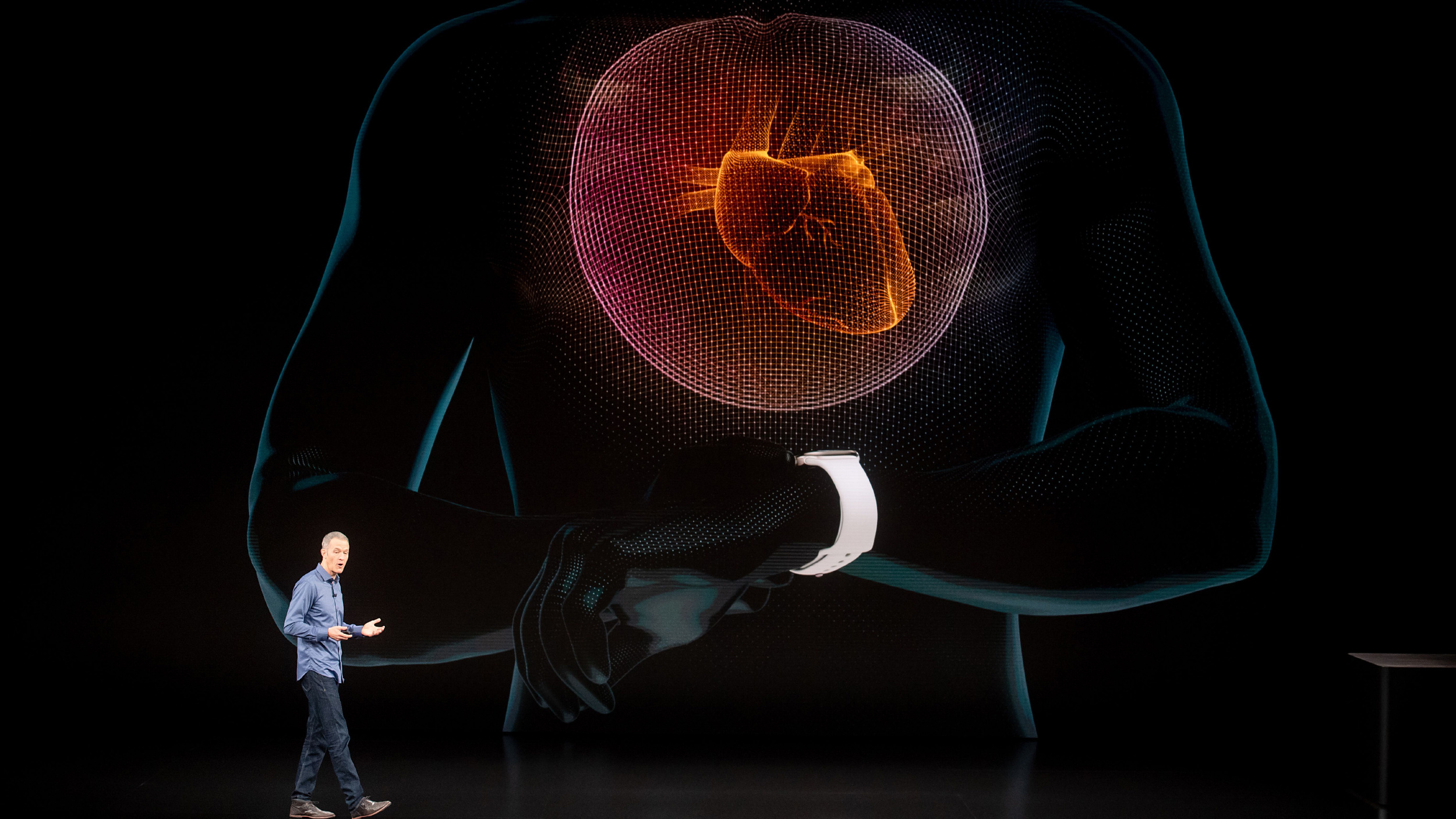A Fitness Tracker Could Be Your Best Alibi in a Court Case

If you’ve listened to the popular podcast Serial, then you understand how the reliability of personal accounts and people is often questionable. Under interrogation, gaps in memory emerge, stories don’t quite add up the way they should–it’s a mess. But Aviva Rutkin from the New Scientist writes that technology is filling in those holes that once relied on witnesses, now your fitness watch could be your best alibi.
Rutkin cites a few cases that have been used to clear up any doubt over the legitimacy of a case. In one instance a Fitbit fitness tracker was used to prove a personal trainer’s sluggish activity after an accident. GPS trackers have been used to prove a person’s whereabouts, and emails and social media have been used to provide insight into a person’s character. However, there’s the problem of fabrication and user rights.
GPS trackers can be planted and fitness data can be manipulated. So, when authorities and jurors see a device’s data claiming one thing and a witness stating another, what do they believe? It’s a case where technology is evolving faster than the laws can keep up. Especially, when it comes to the 5th Amendment that prevents self-incrimination.
Laws involving how passwords should be treated—whether that information should be filed under self-incrimination–is still under heavy debate. Likewise, to what end should a fingerprint be used to gather evidence? Is it enough to unlock an iPad or a smartphone? Also, to what lengths should authorities be required to go in order to access this information? In some cases, gathering data from a third-party only requires a subpoena, not a warrant. Technology has come a long way, but the laws are still decades away.
Read more at New Scientist
Photo Credit: Phil Roeder/Flickr




